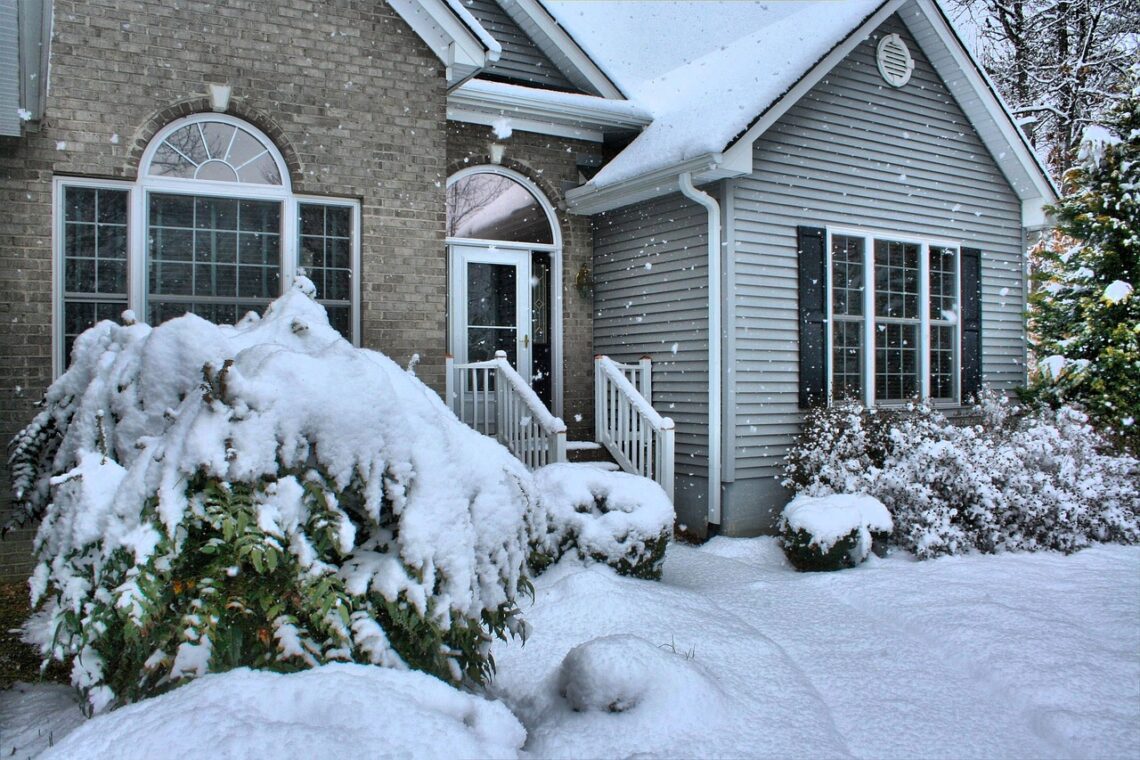08.22.2024 | Homeowners
Eco-Friendly Gardening Practices

Eco-friendly gardening practices support the environment, reduce water use, and help pollinators, all while upping your home’s curb appeal. Once a sustainable garden is established, it requires very little maintenance and uses fewer resources. Read on to learn all about eco-friendly gardening practices you can put in place to reduce your outdoor maintenance and give back to the environment.
Grow Plants Native to Your Area
Native plants have evolved alongside pollinators in your area and are best suited to the climate, soil, and growing conditions. Eco-friendly gardens contain primarily native plants to keep the pollinators happy and reduce the amount of maintenance required. It’s okay to plant non-native plants alongside them but avoid invasive species that will take over your garden.
Think About the Pollinators
Bees, butterflies, and other insects are essential for the reproduction of plants, fruits, and vegetables. Unfortunately, due to urbanization, habitat destruction, and the use of dangerous pesticides, many species of pollinators are at risk of becoming endangered. You can help by creating a pollinator-friendly garden. Grow native plants, follow Health Canada recommendations for pesticide use, and plant early spring bloomers as a food source.
Mulch Your Gardens
Mulch has many benefits for a sustainable garden. It helps retain moisture, slows soil erosion, suppresses weeds, and protects roots in extreme temperatures. A few inches around the base of your plants and trees is all it takes to reap the benefits. Adding fresh mulch is also an easy, cost-effective way to make your garden look neat and tidy.
Use Natural Pest Deterrents
Chemical herbicides and pesticides can damage the intricate ecosystem in your yard, harm our environment, and damage pollinators. There are many natural ways to deter pests in an eco-friendly garden, such as insecticidal soap, crushed eggshells, diatomaceous earth, or microbial insecticides. Depending on the specific insect you are having trouble with, many natural solutions work well.
Use Companion Planting
Companion planting means planting complementary plants next to each other and promoting a diverse and natural garden. Some plants, like garlic, onions, and marigolds, naturally deter pests and work well planted next to flowers that are more appealing to insects. Companion planting also helps maximize your garden space by using space that would otherwise stay empty or fill up with weeds.
Plan your Plants
When growing a sustainable garden, choose your plants wisely. Not only do you want to aim for native plants, but also plan for blooming time. Having perennials that bloom during different times of the year will ensure a constant source of colour and a steady stream of food for the pollinators. Knowing what plants, fruits and vegetables grow best in your area will be lower maintenance, meaning you can use fewer resources to develop them. Resilient varieties that have adapted to your climate require less intervention and help maintain the ecology in your garden.
Mow and Water Your Lawn Less Frequently
While a spotless lawn is a goal for many, more sustainable and eco-friendly options exist. Letting your grass grow longer in between mowing is helpful. You’ll reduce your carbon footprint by using a mower less often, and it will provide cover for our pollinators. Taller grass develops deeper root systems that are better for finding water and nutrients in the soil and help shade the soil to prevent evaporation. The less water you use to keep your grass lush and green, the better. Try watering only during dry spells and only as much as you need. In normal conditions, a lawn needs only about an inch of water each week, whether from rain or your sprinkler.
Collect Rainwater
Another simple way to conserve water when sustainably gardening is to collect and use rainwater. Setting a rain barrel at the base of your downspout will help collect water that you can save and use during a drought. Proper rain barrels closed off to light and other matter will keep the water safe for your lawn and garden for quite a long time.
Use Drought Resistant Plants
Another way to bring Eco-Friendly Gardening Practices into play is to use drought resistant plants. Try planting a ‘dry garden’ to reduce your water usage further. Even if you dedicate only a portion of your garden to drought-resistant plants, it will help. Most of these plants, like succulents, Coneflower, Liatris, and Coreopsis, like sunny, warm conditions, so choose a space in your yard that receives a lot of sunshine.
Plant More Trees
Trees help clean our air, give shade, and provide a spot for wildlife. Every tree planted helps our environment by absorbing carbon dioxide from the air and releasing oxygen. A mix of species in your garden will provide interest, colour, and structure. Even if your garden is small, there are plenty of options—be sure to think ahead about how big the tree will get and plant it far away from the house so roots won’t be a problem as it grows.
Try Ground Covers other than Grass
Perfectly lush lawns require a lot of maintenance—you need to water, mow, fertilize, and keep weeds under control. Even switching a small portion of your lawn to a low-maintenance ground cover is an eco-friendly option. Some options include clover, creeping thyme, or moss, but be sure to choose the right ground cover for the specific growing conditions.
Add Organic Matter to Your Soil Annually
Rich soil full of nutrients is essential to beautiful gardens. As plants use up the food in the soil, it needs to be replenished. Amending your soil every spring will help your plants thrive. Add compost, manure, or peat moss to replenish the necessary nutrients. It will keep your plants healthy while reducing the need for fertilizer.
With a few changes to your yard, you can build a sustainable, eco-friendly garden that adds beauty to your home year-round.





